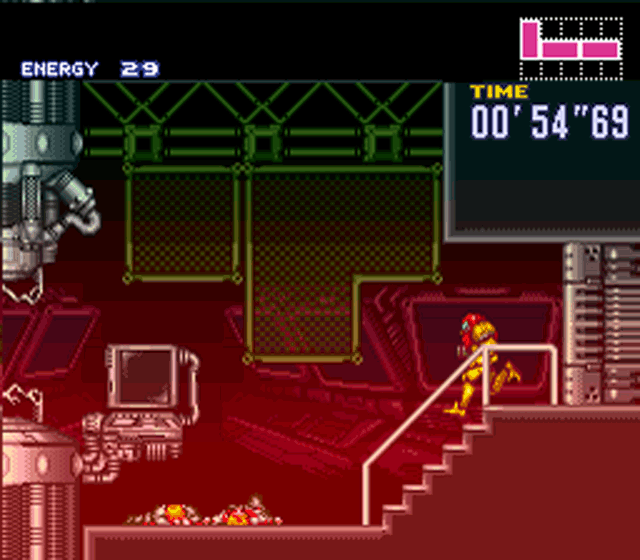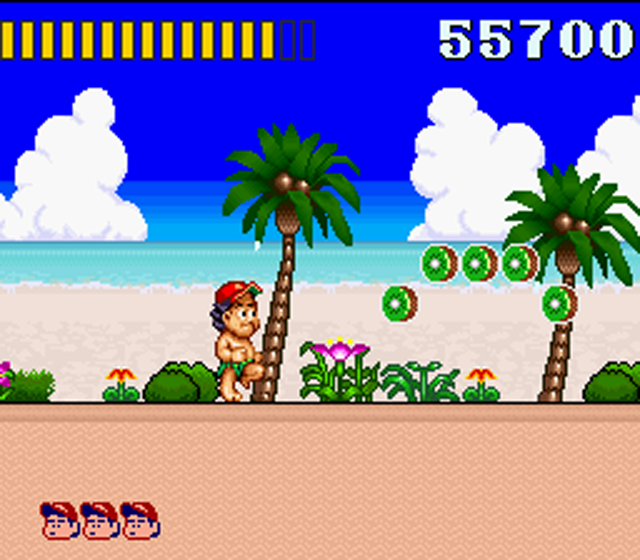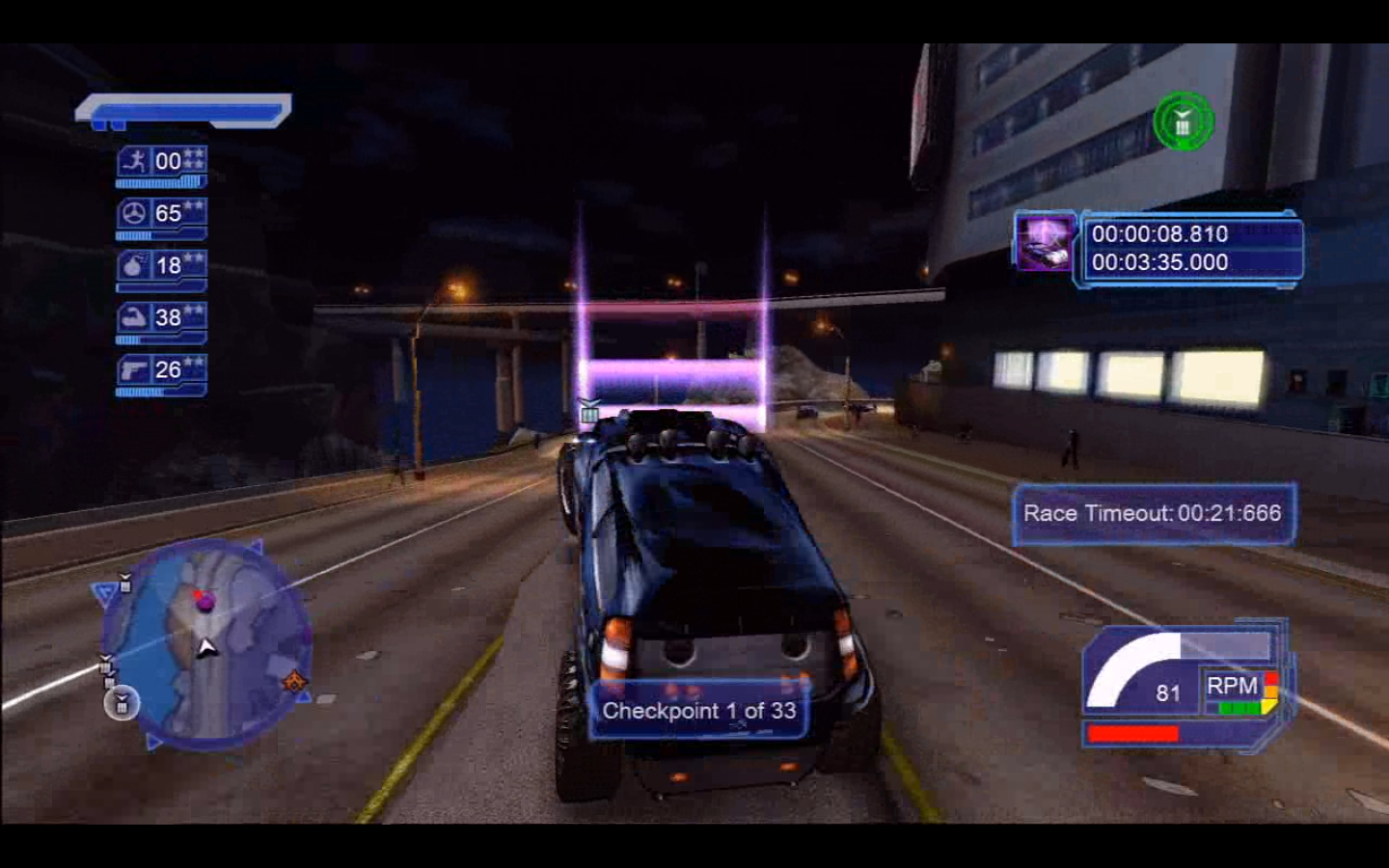Trending
Opinion: How will Project 2025 impact game developers?
The Heritage Foundation's manifesto for the possible next administration could do great harm to many, including large portions of the game development community.

Featured Blog | This community-written post highlights the best of what the game industry has to offer. Read more like it on the Game Developer Blogs or learn how to Submit Your Own Blog Post
There are plenty of ways to encourage the player to physically make progress in a game (collectibles, for instance), but forcing him to do so is a bit different.

There are plenty of ways to encourage the player to physically make progress in a game (collectibles, for instance), but forcing him to do so is a bit different.

super-metroid1
One approach is to simply take the player on an automated ride where his input bears little to no effect on the locomotion itself, e.g., autoscrolling stages in shmups, or wholly scripted camera movement in light-gun games. Another possibility, and the one I'll be focusing on, is what I like to call the "cattle prod." But first, a quick definition:
game death, n.
An event in which the player fails to adequately advance through a challenge, often resulting in a restart at the last checkpoint/save spot or a "gave over" scenario.
Game death is a pretty nebulous concept, e.g., losing a race and having to repeat it doesn't have to actually involve anyone or anything being killed. However, it is also the ultimate consequence of not properly satisfying the requirements dictated by the cattle prod(s).
With this in mind, we can now talk about what makes a cattle prod work. Namely, diminishing resources that can bring on game death.

super-adventure-island
Cattle prods are implemented in a variety of ways, e.g., time limits, combo meters, autoscrolling walls, decaying health, unstoppable enemies, etc. The overall feeling they tend to evoke is that of tension (and the possible satisfaction of overcoming a challenge) although that intensity varies greatly from case to case.
From what I've noticed, there are three main factors that play into the stress level of a cattle prod:
1). Player Knowledge.
The more information the player possesses, the better he will be equipped to judge the situation at hand. Traversing a familiar level while being accompanied by a minimap that displays various points of interest is a lot less intimidating than being given a time limit and thrown into an unknown area filled with enemies.
2). Player Power.
The stronger the player is, the lesser the impact of any possible cattle prods. For example, if an RTS match begins with the player at a fully outfitted base with a lot of units and resources to mine, he won't be too worried (at least not immediately). However, remove the base, provide only a handful of starting units, severely diminish possible resources and create a massive opposing army, and the stress levels quickly increase.
3). Resource Availability/Lifespan.

crackdown
The more sparse the resource and the quicker it runs out, the more intense the overall experience. If a checkpoint is fifteen minutes away in a rally-style racing game, the player tends to trust the designer to give him plenty of time to reach that goal. However, if a checkpoint can be seen just a block down the street but the player only has 10 seconds to reach it, the experience becomes much more rushed and hectic.
The dials on these 3 factors can be turned independently -- something that's particularly important when using multiple impetus mechanics at one time. In the end, though, they all represent a single concept:
cattle prod, n.
A mechanic based on diminishing resources that forces the player to advance in order to avoid game death.
What are some of your favourite examples of cattle prods?
Radek Koncewicz is the CEO and creative lead of Incubator Games, and also runs the game design blog Significant-Bits.
Read more about:
Featured BlogsYou May Also Like